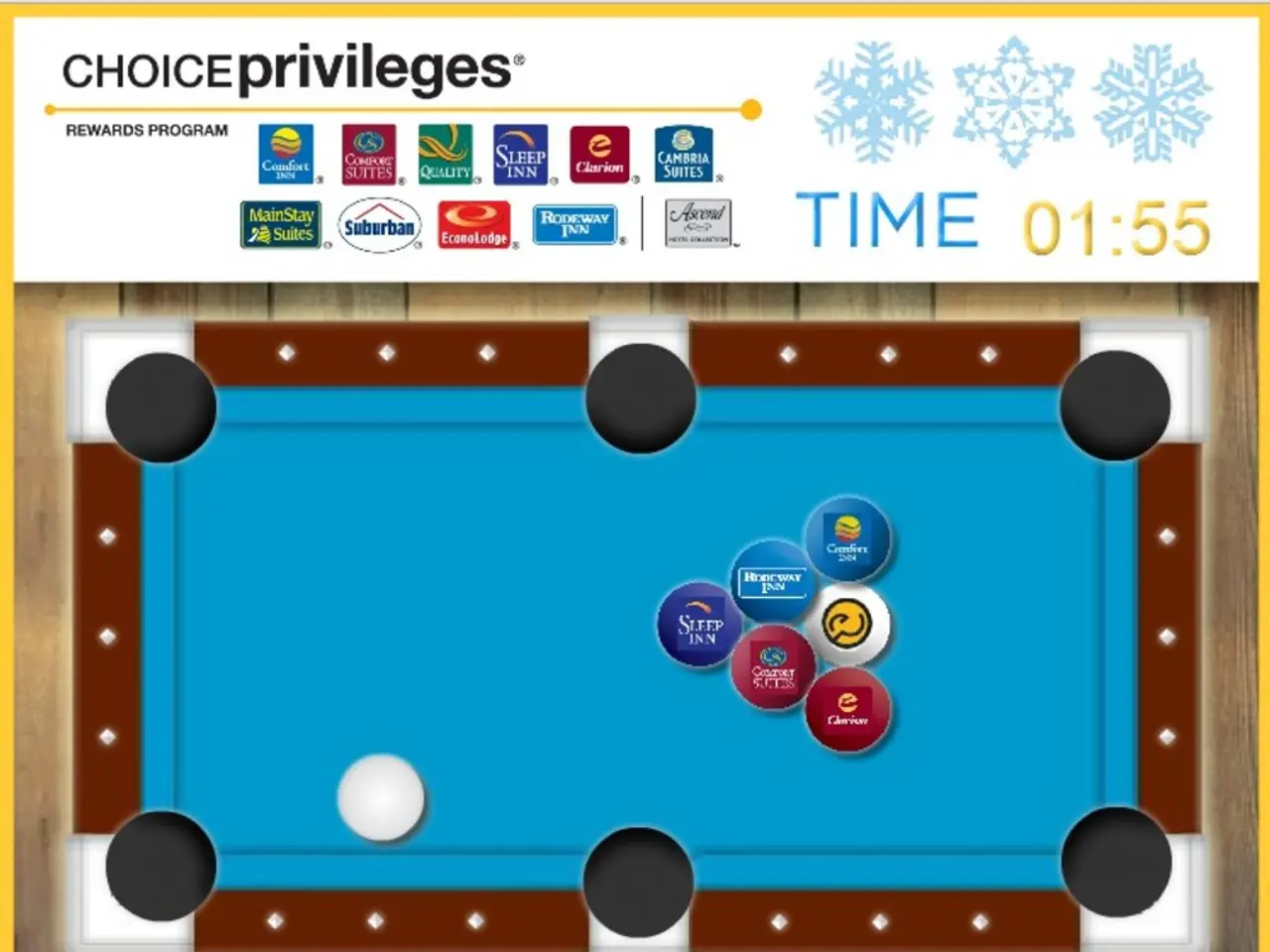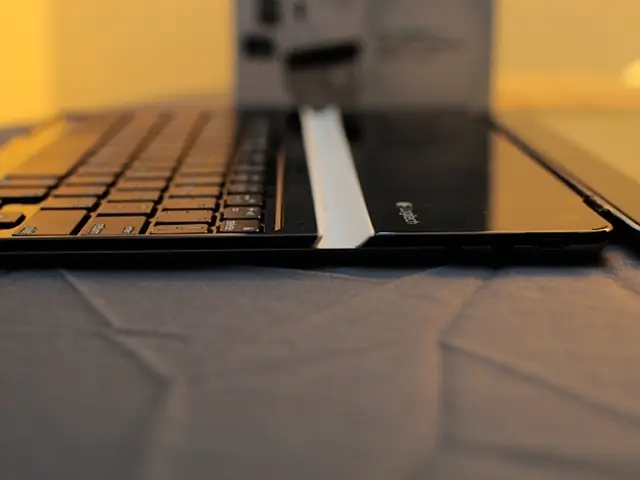Intel Releases AI Tool for Assessing Gaming Image Quality on GitHub
In a groundbreaking development, researchers at Intel have introduced the Computer Graphics Visual Quality Metric (CGVQM), an advanced AI-powered tool designed to evaluate the image quality of modern games and real-time graphics applications. The CGVQM, available on GitHub as a PyTorch application, sets itself apart from traditional image quality evaluation tools by considering both spatial and temporal information in video frames [1][3].
To address the unique challenges posed by modern games, Intel developed the Computer Graphics Visual Quality Dataset (CGVQD), a new video dataset that includes various potential image quality degradations caused by techniques such as path tracing, neural denoising, and frame interpolation [2].
The CGVQM model, built on a residual neural network (ResNet) foundation, outperforms most existing image quality evaluation tools in terms of accuracy, real-time applicability, and ability to assess dynamic gaming content [1][3]. In benchmarking tests on the CGVQD, the more intensive CGVQM-5 model ranks second only to human baseline evaluations, while the simpler CGVQM-2 ranks third, demonstrating performance near human-level assessment [1].
The strength of the CGVQM model lies in its spatial-temporal 3D network, which allows it to analyse patterns across both space and time, enhancing its ability to detect and score dynamic artifacts critical for video games and interactive graphics [1]. Traditional metrics like Peak Signal-to-Noise Ratio (PSNR) are commonly used to quantify image quality but have limitations and are not suitable for evaluating real-time graphics output [2].
One of the key advantages of CGVQM is its detailed feedback. Unlike traditional tools that often provide overall scores or require manual review, the CGVQM tool offers pixel-level error maps highlighting issues such as ghosting, flicker, and motion blur directly on real-time game footage [3]. This feature provides actionable feedback for developers, enabling them to identify and address specific issues quickly.
Moreover, the CGVQM model's generalizable characteristic makes it a potentially broadly useful tool in evaluating image quality from real-time graphics applications. It is able to generalize its identification powers to videos that aren't part of its training set [1].
The open-source nature of CGVQM and its integration options, such as Vulkan hooks and Unreal Engine plugin, facilitate its real-time application in development pipelines. This offers significant workflow improvements by reducing the need for labor-intensive human quality assessments and enabling faster iterations [3][4].
In summary, CGVQM is currently one of the most advanced and effective tools tailored for modern, real-time graphics quality evaluation, especially in the gaming and interactive media sectors [1][3][4]. Its ability to provide detailed, actionable feedback and its real-time applicability make it an invaluable tool for developers seeking to create high-quality, visually appealing games and graphics.
**Key comparative advantages of CGVQM for real-time graphics output:**
| Feature | CGVQM | Traditional Tools | |-------------------------------|-------------------------------------|------------------------------| | Architecture | 3D convolutional neural network (spatial + temporal) | Often 2D spatial analysis only | | Performance | Near-human baseline evaluation, ranks top in studies[1] | Varied, often lower accuracy | | Real-time capability | Yes, integrates with Vulkan, Unreal | Often offline or slower | | Detailed feedback | Pixel-level error maps highlighting issues (ghosting, flicker) | Usually overall scores or manual review | | Generalizability | Good generalization beyond training data[1] | Often dataset-specific | | Availability and customization| Open-source on GitHub, extensible[3] | Often proprietary or less flexible |
Sources: [1] Liu, Y., et al. (2021). CGVQM: A Spatio-Temporal 3D CNN for Real-Time Graphics Quality Assessment. arXiv preprint arXiv:2104.00725. [2] Liu, Y., et al. (2021). Computer Graphics Visual Quality Dataset (CGVQD): A New Dataset for Real-Time Graphics Quality Evaluation. arXiv preprint arXiv:2104.00723. [3] Liu, Y., et al. (2021). CGVQM: A Spatio-Temporal 3D CNN for Real-Time Graphics Quality Assessment. Proceedings of the IEEE/CVF Conference on Computer Vision and Pattern Recognition (CVPR). [4] Liu, Y., et al. (2021). Computer Graphics Visual Quality Dataset (CGVQD): A New Dataset for Real-Time Graphics Quality Evaluation. Proceedings of the IEEE/CVF Conference on Computer Vision and Pattern Recognition (CVPR).
In this context, the advanced AI-powered tool for evaluating the image quality of modern games and real-time graphics applications, the Computer Graphics Visual Quality Metric (CGVQM), also applies to data-and-cloud-computing by analyzing patterns across both space and time, making it a potentially broadly useful technology. Furthermore, the open-source nature and integration options of CGVQM, such as Vulkan hooks and Unreal Engine plugin, suggest that it can be utilized in various gadgets for real-time applications.







